Iceland has been one of the most popular travel destinations for several years. Attracted by the incredible views, empty spaces and wildlife, people are drawn to this tiny island like a magnet. We are fortunate to live here, and although life in Iceland is far from ideal, often giving up on the weather and long nights, we would never give up this part of our lives. We decided to gather for you in one place everything we have learned so far about traveling in Iceland. We hope that our guide – Iceland practically – what to know, tips and practical information, will be helpful when planning your island adventure.
ICELAND PRACTICALLY – HOW TO GET TO THE ISLAND?
Basically, we don’t have much of a choice, as only these two options come into play – travel by plane or by ferry. Flying by plane, we land at the airport in Keflavik, on the southwestern shore of the island, about 45 kilometers from Iceland’s capital Reykavik (worth remembering!). Only WizzAir flies from Poland, although you can also look for flights with connecting flights via London, Frankfurt, Oslo or Helsinki. With a direct connection, the flight takes about 3.5-4 hours. The cost of two-way tickets is, for one person, an expense of 100-300 EUR (although we also saw one-way tickets closing in at less than 50 EUR). Ticket prices increase during the summer, so the cheapest you can snag them in spring or autumn. The same relationship also applies to holiday periods. Although we know from experience that it’s simply best to check prices and look for bargains, because even in July you can buy tickets for pennies.
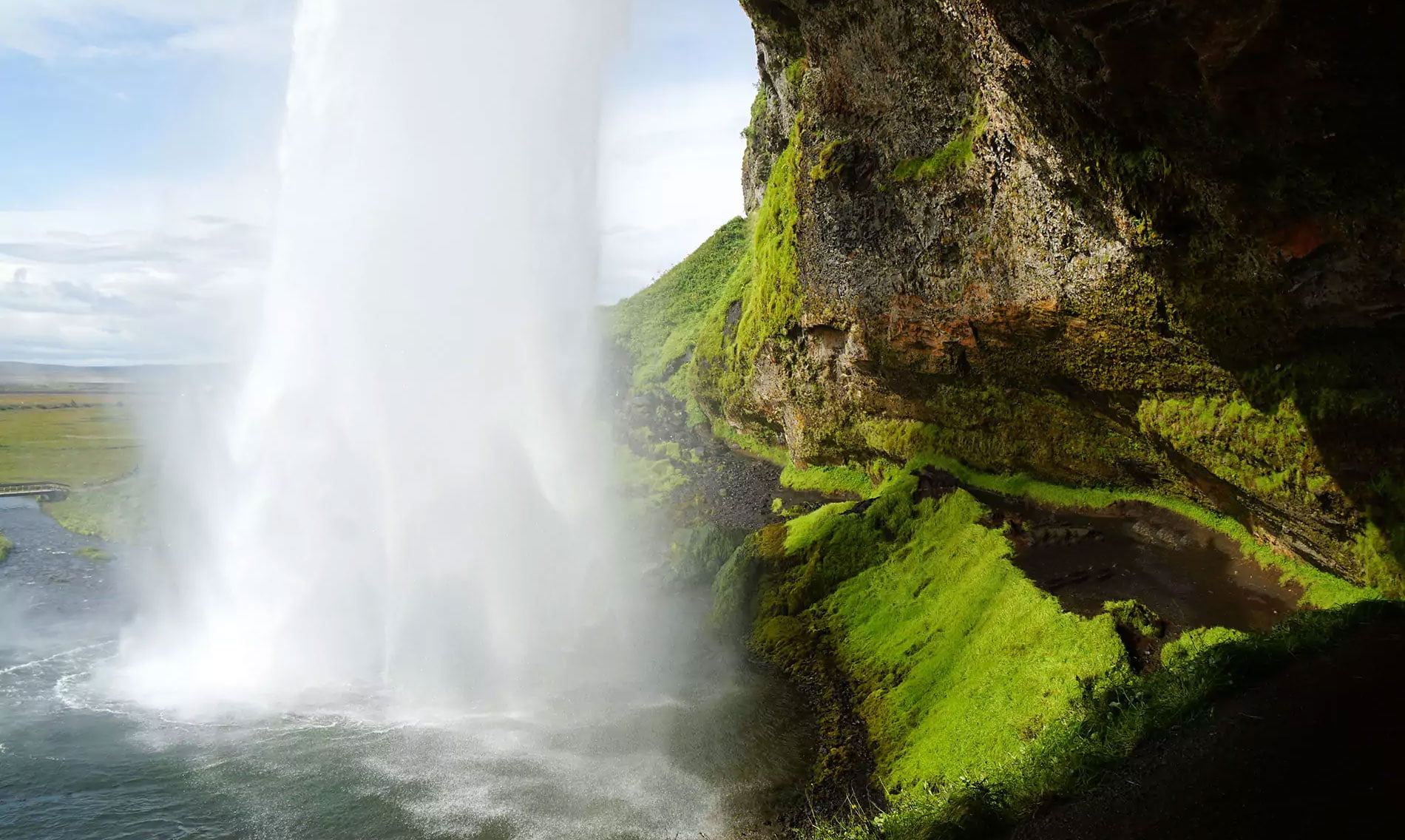
As for ferries, this will usually be more expensive fun, especially in high season. Although, sometimes it’s worth recalculating everything well if you’re going by your own car, because you then save on vehicle rental and very often food (most people stock their car well before the trip). :)))
Ferries to Iceland run only from Denmark and arrive on the eastern shores of the island at Seyðisfjörður. The ferry trip takes about 3 days and we stop in Thorshavn along the way. Here a great thing, because you can choose the option with a longer stopover (we have about 3 days) in the Faroe Islands. :))) The cost of tickets depends largely on the period when we will be sailing – winter, low, medium or high season. Ferries do not run during the storm season (January-April.) We, sailing in August, one way only, with our Basiorek, paid about EUR 950 for a cruise in a 2-person cabin, without a window. As we checked, two-way, such a cruise would have cost us about €1850. You can go down in cost by choosing multi-person cabins and forgoing meals. You can find the exact schedule and price here, in the carrier’s booking system, selecting all the details of your trip in advance.
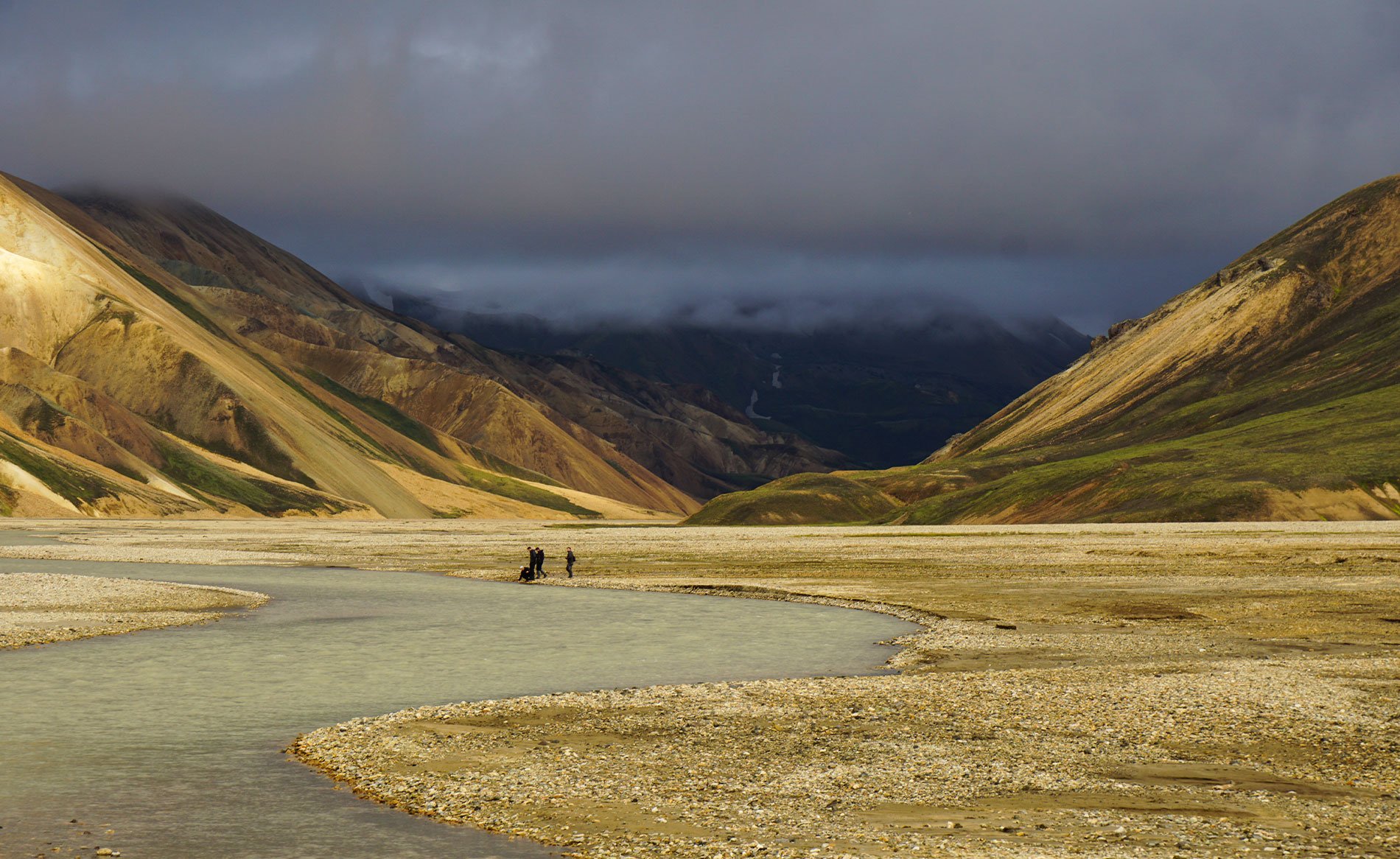
ICELAND PRACTICALLY – WHEN IS THE BEST TIME TO COME?
This is probably the question we get asked most often. To be honest, basically every season in Iceland is beautiful and has something unique to offer. Do you dream of the aurora borealis? The best time would be autumn and, of course, winter (although we saw the most beautiful auroras in September and October). For those who want to see the green Iceland, admire its heart – the interior, visit the northwestern fjords in search of maskonurs, the best date will be summer from mid-June to mid-August. Do you care about atmospheric photographs, mountains immersed in low clouds, mists and fields full of shades of brown and red? September and October will be the best time to visit such an island.
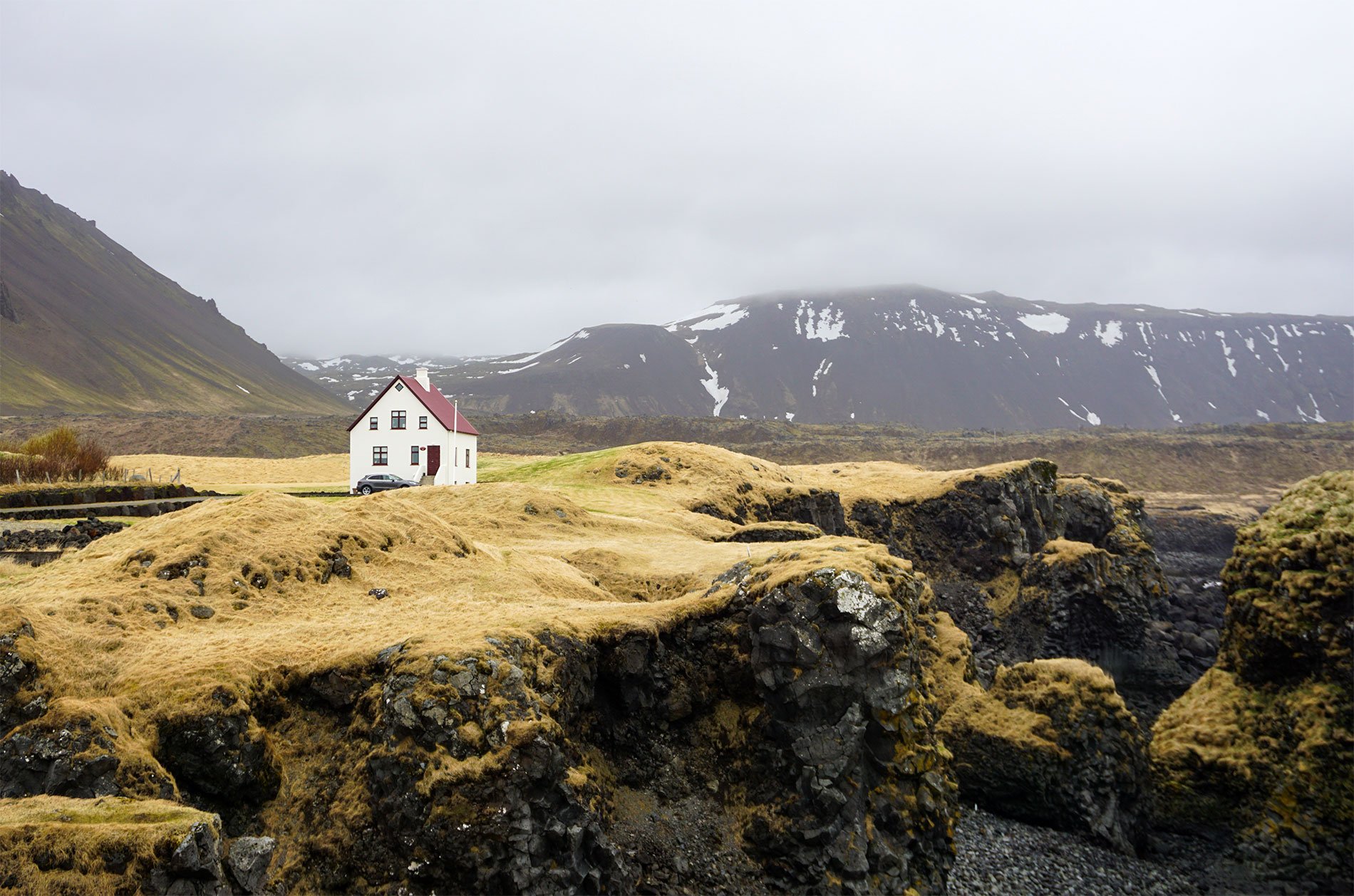
What you expect from Iceland should determine your choice of date, but you need to keep in mind a few important things about it. There are really only two seasons in Iceland – winter and summer, where summer is more like our spring. It can be cool, rainy and windy, with temperatures usually hovering around 10-15° during the day. Winters can be different – snowy and cold, but also the nastiest – rainy with very strong winds. Winter is also a period of storms.
During non-summer periods, roads marked with the letter F at the beginning are usually impassable, and this means that access to areas like Landmannalaugar is limited or impossible for most of the year. Have you heard that a colleague’s friend drove into the Icelandic interior in March or April? You might rather put this between fairy tales, and instead of listening to online advisors, we suggest keeping track, on a regular basis, of road passages on road.is. Nevertheless, we wouldn’t delude ourselves into thinking that such a plan could be implemented earlier than late May or even June. And it’s really not worth downplaying the travel advisories here, because if your car gets buried, the cost of pulling it out is 100% on you, if anyone at all is willing to help you because you violated the ban on entry. In winter, only the route around the island is really available, and only in theory, because really everything depends on weather conditions, snowfall and wind strength.
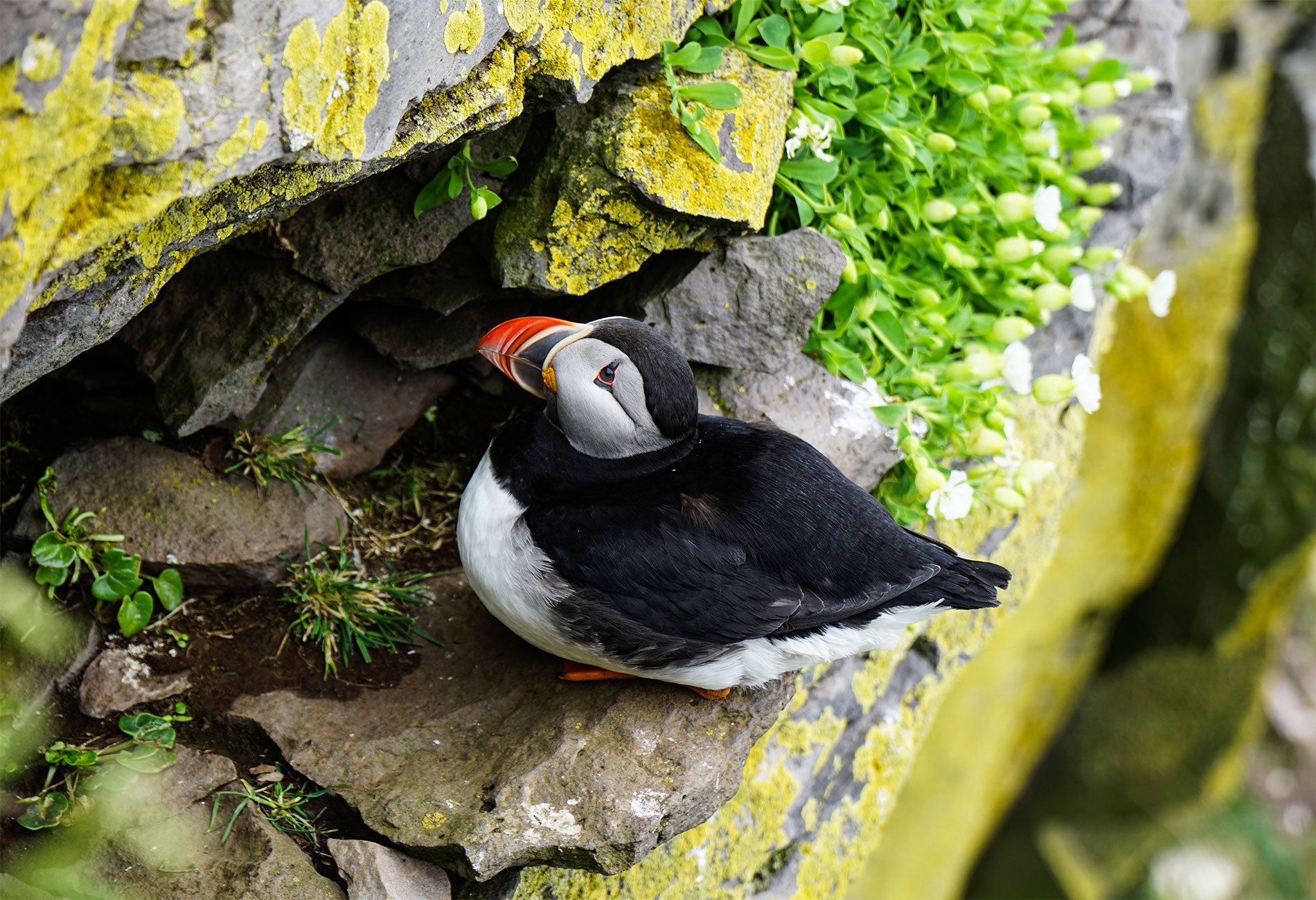
Another important thing to consider is the length of the day and night. Summer is undeniably a photographer’s paradise. The Icelandic sun practically never goes down. Sunset merges with sunrise into one magical spectacle in the sky, providing truly amazing lighting for our photos or videos. In addition, the white nights undoubtedly give comfort for traveling longer distances, but can nevertheless be very annoying when we want to sleep. On the other hand, winter nights are dark and long. The sun rises for only a few hours, which often makes it impossible to travel long distances, and you should plan your trip quite differently (and more prudently). The undeniable plus of winter is, of course, the aurora borealis. When you stand in the middle of nowhere and the icy wind blows in your face again and again, and you stand gazing at the green, pink and purple, changing like in a kaleidoscope, sky then you forget about the cold, wind and frostbitten fingers and in general forgive Iceland all the worse moments. :)))
It would seem that the best time to come to Iceland is summer, because the days are longer and warmer, lupines are blooming everywhere and it’s generally idyllic and angelic. This would probably be the case if it weren’t for the thousands of tourists who think the same way. And while the north of Iceland or the West Fjords are still survivable and one will find a piece of empty space, the southern coast can be a bit disappointing. We’ve said it many times, that Iceland has fallen victim to itself, and from a pristine, untouched island, it is becoming more crowded and commercial every year. Well, and something you’ve probably already guessed, since there are more tourists in the summer it’s also more expensive than in the low season. The change in prices is mainly noticeable in hotels, guesthouses, etc. and transportation costs.
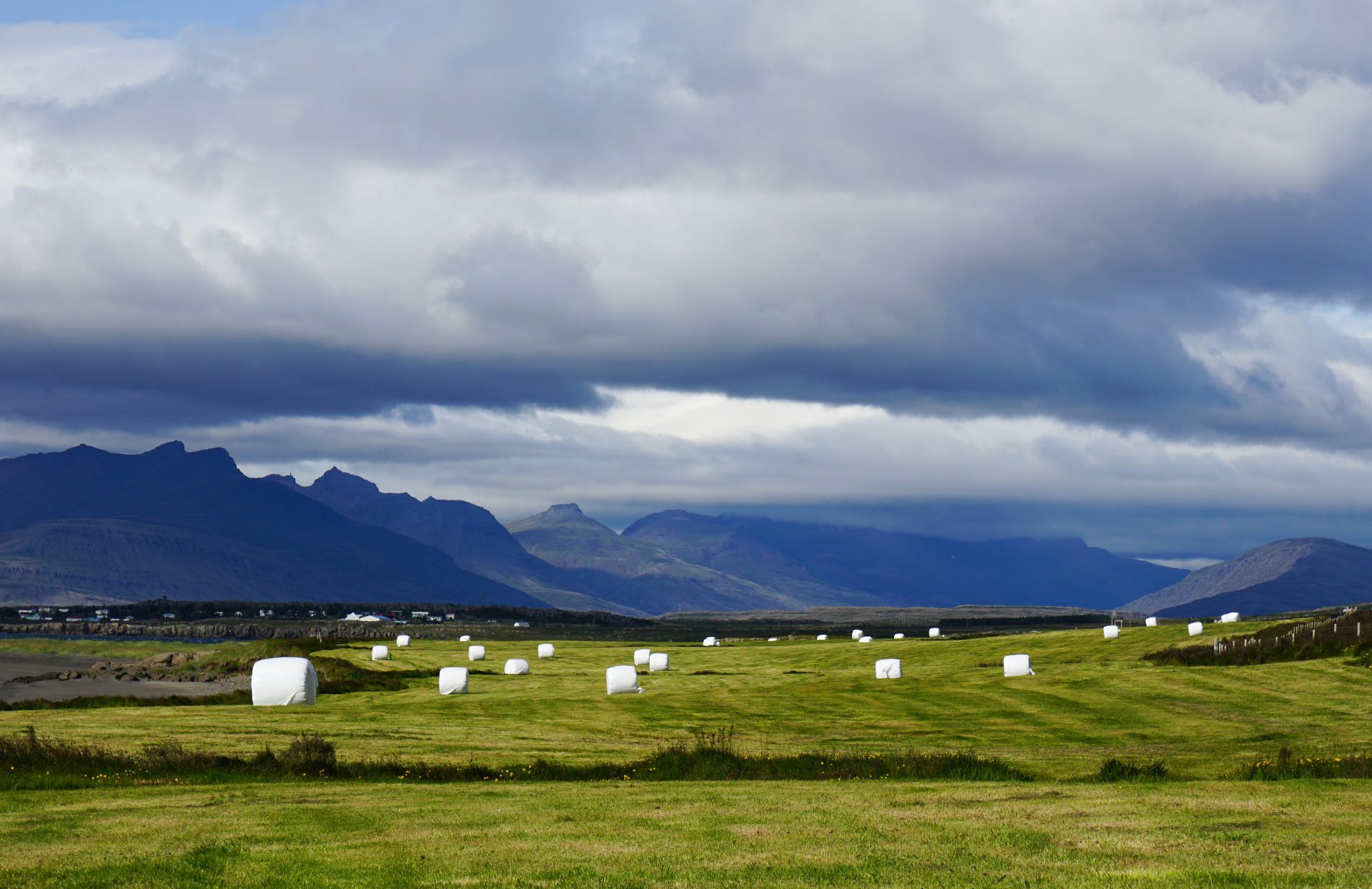
If we were to answer the question of which is the best time to come to Iceland, we would say September and October. The days are still quite long, it’s a bit cooler than in summer, but looking at the last two years, September has always been one of the sunnier months of the year. There is also a good chance of seeing the aurora borealis in autumn. Well, and now completely subjectively, we like Iceland best in its autumn coat – brown-gold-red with snow-dusted hills. Surrounded by that mysterious aura we’ve always admired in photos.
ICELAND PRACTICALLY – WHAT TO TRAVEL WITH?
Anything you want, well, maybe with the exception of trains, which simply do not exist in Iceland (even on the Iceland there is such a joke that if you want to insult an Icelander, you should ask him about train connections to the capital :)))), but if someone dreamed of traveling on horseback, I guess a better place than Iceland could not choose. :))) Returning to the topic of what to travel with, or better yet, what to travel cheaply and comfortably in Iceland is, after all, in our opinion, the best means of transportation is a car or motorcycle. Whether rented already, here on the spot, or your own, if you came by ferry. Despite the expensive fuel, rental costs, or ferry fare, traveling in your own or rented vehicle gives us the ability to move freely around the island, which unfortunately other means cannot provide us. This is especially valuable if we have limited time and cannot afford to wait several hours for a bus (if it comes at all). The difference between two and four wheels, is our resistance to weather conditions, riding a motorcycle, if it rains for a week every day, is not a great pleasure. That’s one thing, and another, a sufficiently large car also solves for us the problem of overnight stays and taking extra touring equipment, we can always comfortably spend the night in it. More on what kind of car to choose and how to prepare for a motorcycle ride in Iceland will be coming soon, we are in the process of preparing another post.
For more budget-minded travelers, nevertheless not as extreme as hitchhikers, public transportation is always available. Unfortunately, traveling by bus is also not the cheapest or easiest, as Iceland cannot boast an extensive network of connections. Buses run rarely, if at all. :))) During our trip in the Eastern Fjords, we picked up two girls from the campground where we stayed together, because they had to wait for the bus for two days (they didn’t run on the weekend), and we were fortunately going in the same direction. Also, with buses it varies. :))) You can find the current schedule at this link, while the map of connections below.

Hitchhiking in Iceland is fully legal, and Icelanders look upon hitchhikers with a really favorable eye. However, if you want to face the island by exploring it this way, you have to take into account the rather capricious weather, which can change dramatically in a matter of minutes and standing by the roadside can become really unbearable. That’s one, and two, sometimes in the less touristy regions of Iceland, it’s really hard to meet any living soul, not counting sheep, who won’t give us a ride. :)))
In fact, any mode of transportation is good, if you plan everything in advance and are prepared for any conditions and eventualities. :))) It’s also worth answering in advance what we want to see, whether we have time to see everything, and whether such and not other transportation allows us to do so. A good plan is essential.
ISLAND PRACTICALLY – ACCOMMODATION ON THE ISLAND
Accommodation, is probably one of the toughest topics, especially financially, when discussing visiting Iceland. If we want to sleep comfortably in hotels, it will definitely eat up most of our budget. It is possible to snag some nice bargains, but unfortunately, the prices are usually steeply inflated (especially in summer) and start from about EUR 70 upwards per person. And not always in a single room. Guesthouses are also popular in Iceland, but don’t think you’ll pay less because the owner is a private person. Usually the prices are similar, at most you can get a good, homemade breakfast in the morning included in the cost, or a friendly staff who will tell you a bit about Iceland and reveal local, little-known places worth seeing. Price is one thing, the other is the availability of hotels and guesthouses during the summer season. If you plan to go to the south of Iceland (it’s one of the most touristy regions) in summer, it’s better to book accommodations in advance. Looking for something on the fly, you may find that there are no more vacancies or the prices increase significantly.

We personally rarely use hotels, because despite everything, however, we prefer camping and the opportunity to commune with nature. :))) In Iceland, most of the campsites are of a good Scandinavian standard – kitchens are fully equipped (pots, pans, spices, oils and the like – everything on site), bathrooms with hot water (often for coins, so it’s worth having a few hundred kroner with you), although there were some that we would never recommend to anyone. Regardless of the standard, they are not cheap, the price is always practically the same and on average you have to pay a fee of 1000-2000 ISK per person (8-15 EUR). At every campground where we slept, we had the option of paying by card. A map of the campgrounds can be found below. We stayed at some of them ourselves and we will try to prepare for you a summary of the coolest ones. Keep in mind that campgrounds in low season are usually closed.
When it comes to wild camping, there is a popular belief on the Internet that you can sleep anywhere in Iceland. Yes it used to be so, but since Iceland has become one of the more popular tourist destinations, a lot has changed. You can find all the recipes at this link.
WHAT IS A CAMPING CARD AND WHEN DOES IT PAY OFF?
A Camping Card is a card that can be used during our stay in Iceland. It can be purchased at post offices, tourist information centers, the campgrounds themselves and many other places – it’s best to ask locals. What does the Camping Card give us? The ability to stay overnight at selected campgrounds for free (the standard price is 1000-2000 ISK, or 8-15 EUR). Okay, almost free, because we still have to pay a tax, something similar to our tourist tax, of about 3 EUR per person. The card entitles us to set up one “sleeping” unit, which can accommodate 2 adults and 4 children. By “sleeping” unit we mean a tent, camper, car with a tent on the roof or simply a large car. We must pay accordingly for additional ones. We can use the Camping Card for up to 28 days from the first use (we can buy it earlier, for example, in Reykavik or on the ferry and leave it for later). The card itself costs 19900 ISK (150 EUR), which seems quite a large expense, so it really pays off to buy it if we anticipate at least 10 nights. In fact, the longer we travel around the island, the more it pays off for us. However, there is a downside, for us enough that we never used the Camping Card, not all campgrounds are included in the program, in fact, only 38 out of 152 approve the card, and on top of that, most of them are located on road number 1. So, if you want to visit more, unfortunately, the card becomes useless. It’s also worth checking the campgrounds beforehand to see if they definitely approve the card, as it may be that the information on the website has not been updated for the current year. You can find all the information about the Camping Card at this link.
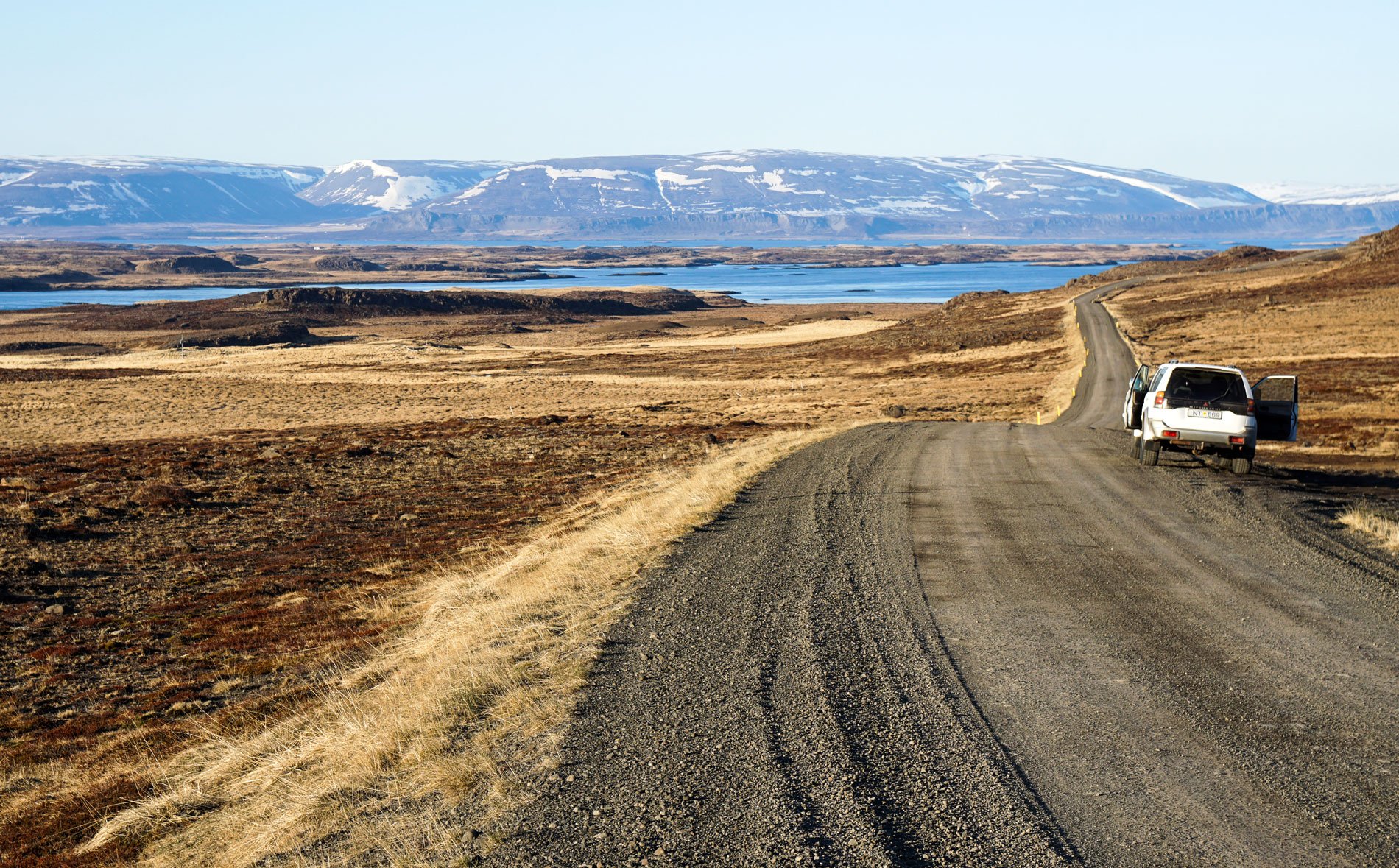
ICELAND PRACTICALLY – PRICES IN ICELAND AND WHERE BEST TO SHOP
The official currency in Iceland is the Icelandic krona – ISK. In 99% of places, even those in the middle of nowhere, you can pay by card, although having some change is always advisable. Revolut works very well in Iceland (if you are curious about what this card is, you can find more about Revolut at this link). It is also always worth keeping in mind the cost of currency conversion, if you use normal cards, it can look quite unfavorable.
Now we come to the specifics. You’ve heard that Iceland is expensive, then unfortunately we don’t have good news for you. It is expensive, and what’s more, it is one of the most expensive places in Europe. A liter of gasoline (in 2024) costs about 300-330 ISK, or €2.5. As for groceries, it’s best to stock up at the Bonus chain of stores. For toasted bread (unfortunately, it’s hard to find the good quality bread we’re used to in Poland) you’ll pay 400 ISK (2.8 EUR), for 1L milk – 250 to 350 ISK (2.3-2.7 EUR, depending on whether UHT with closure or ordinary fresh), 500g yellow cheese – 1300 ISK (9 EUR). What is worth and what is worth buying in Iceland so as not to ruin your budget? Dairy products, which are really great quality, a must-try is Skyru (for a 500g package of natural you’ll pay 500 ISK – 3.6 EUR, a flavored one 700 ISK – 5 EUR) and Icelandic bread Rúgbrauð (400g costs 400 ISK – 3.8 EUR), which is more nutritious than toast, although probably not to everyone’s taste, as it is slightly sweet. And a good tip – don’t buy bottled water, it’s not worth it, because the same water flows in the tap and you can get it at any campground. There is always water from rivers and waterfalls, which is theoretically drinkable, but it is still better to boil it in advance. After all the financial tirade of where and how much, we have a surprise for you (free!) – almost every store you will also find a coffee machine with coffee for free, quality varies, but it’s always something to warm up. :)))
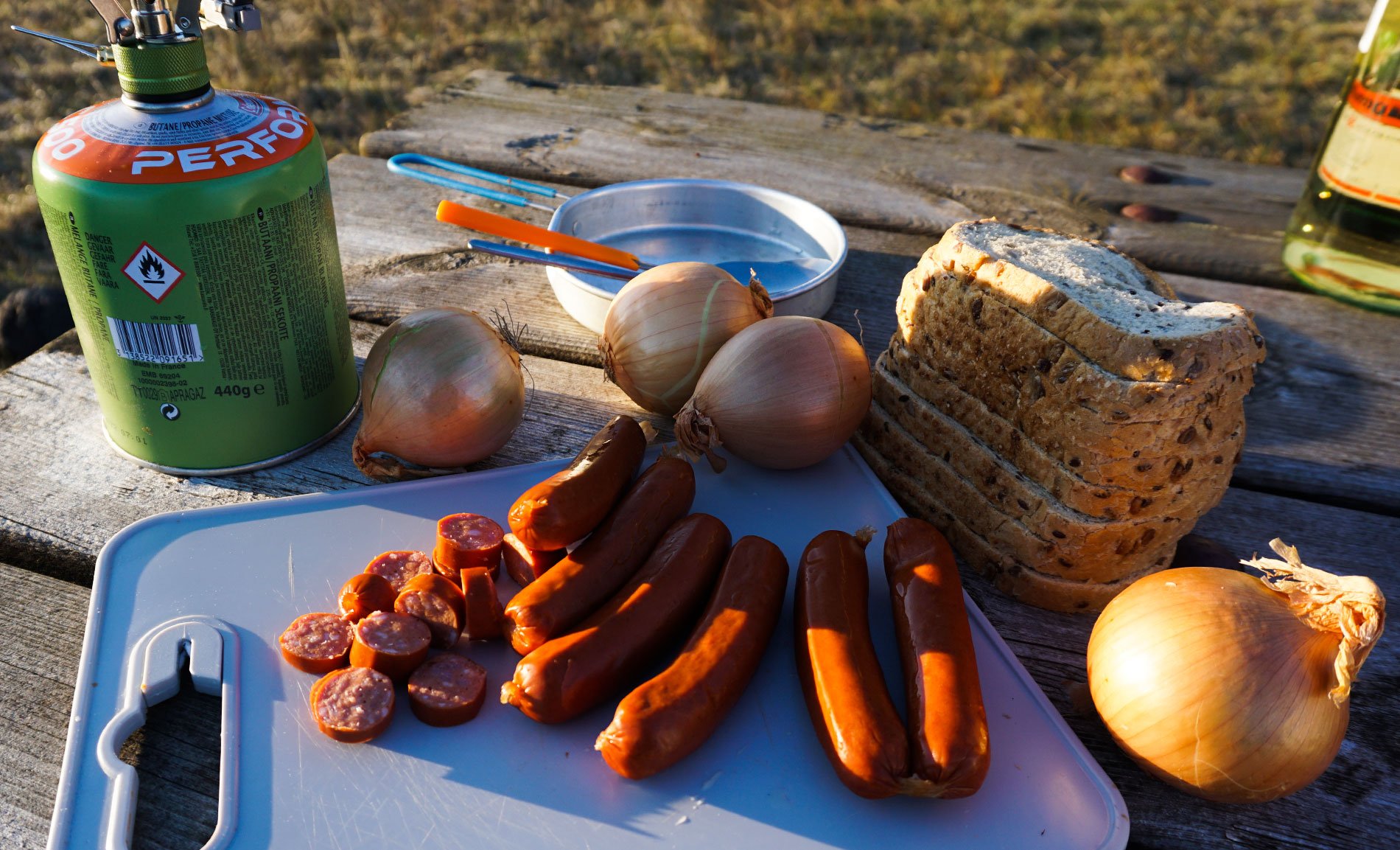
Now a little about alcohol. Do you feel like buying a cold beer at a nearby store when you arrive in Iceland? You might be surprised, because the only beers available in regular markets are low and non-alcoholic beers.For normal alcohol you have to go to a special stores – Vínbúdin. This is a remnant of Prohibition, which has been in place since 1915, and there’s no chance, you can’t beat it. :))) In addition, another complication, Vínbúdin’s are often open at odd hours, and you can forget about the 24-hour one. In our village, Vínbúdin is open Monday through Saturday from 11 a.m. to 6 p.m., and on Fridays it’s crazy – it’s open until 7 p.m. :)))) We started with the opening, in fact, we should start with the fact that they are not everywhere, you will find a list at this link (also check the opening hours at the same place). Now something that will not necessarily be easy on your wallet – alcohol in Iceland is horrendously expensive, a liter of Icelandic vodka is an expense of 13000 ISK (about 90 EUR), for a cheap wine you will pay about 3000 ISK (20 EUR), and for a half liter of canned beer about 500 ISK (4 EUR), so a well-equipped duty-free at the airport will definitely be your friend. :)))
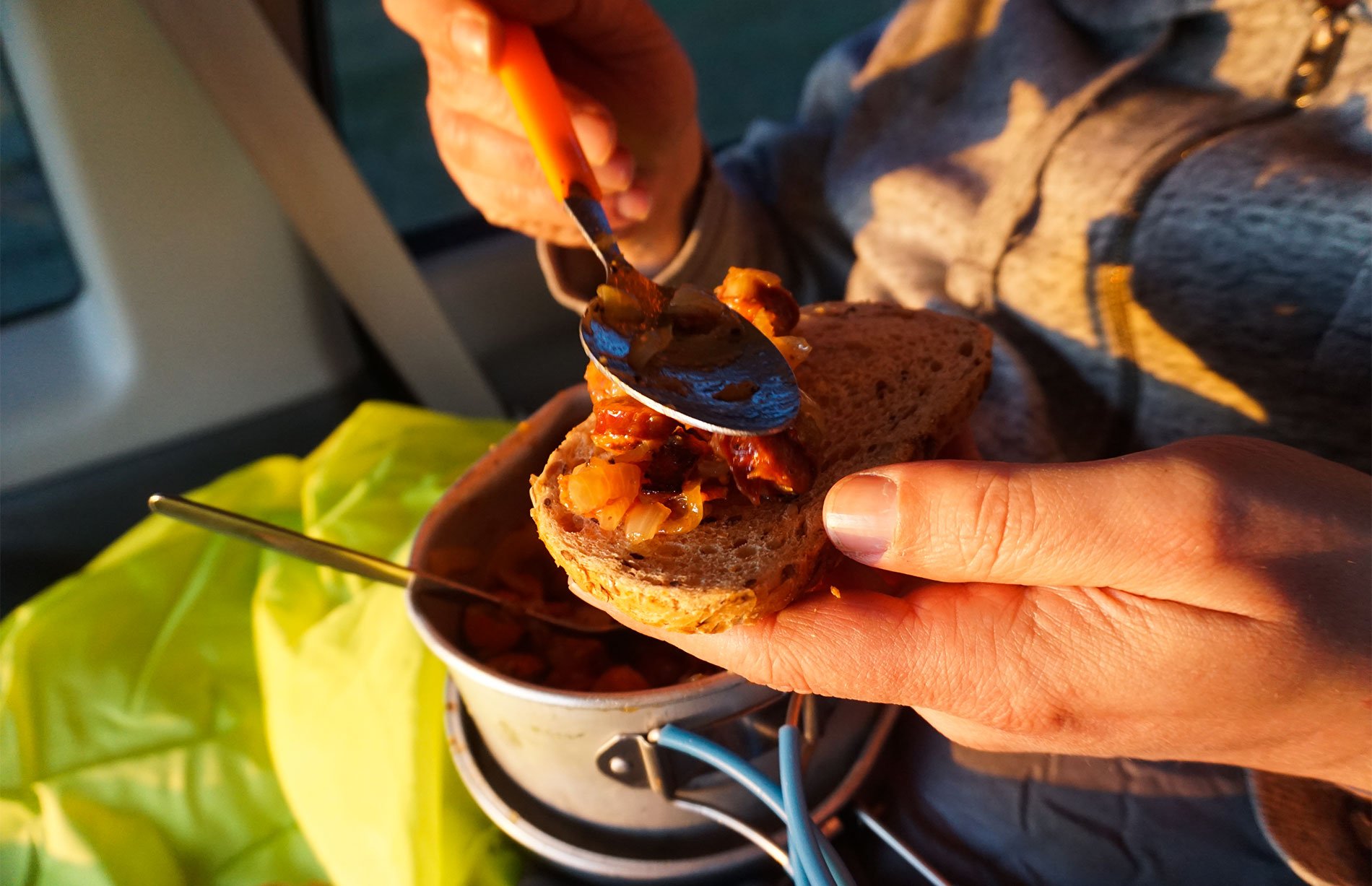
SO HOW NOT TO LOSE A FORTUNE EATING IN RESTAURANTS?
If you are not interested in preparing meals on your own and want to get to know Icelandic cuisine, then unfortunately you have to prepare yourself for quite high prices in restaurants. Of course, the menu is dominated by mutton (which we couldn’t swallow in Poland, but here we learned to eat it and it’s even tasty) and fish, although you will probably also find pizza, burgers or fish & chips and often (immortal) hot dogs. Prices start at around 4,000 ISK for a main dish (not fast food). Icelanders are also very fond of soups (most often mushroom, tomato, asparagus, lobster, meat (such a krupnik on ramen) or potato and vegetable), which are really great – thick and creamy, with the soup you get bread and great butter, and for such a set you will pay 1500-2000 ISK. So, it’s hard not to lose a fortune eating in restaurants. Someone will say “so it’s better not to eat”, but after all, traveling is also about exploring new flavors. If you want to lick at least a bit of Icelandic cuisine and not go bankrupt, it is always worth asking for a dish or soup of the day, which are usually much cheaper. A common practice in Iceland is also happy hours, when we can get a big lunch at a really cool price (usually happy hours are between 12-14 pm). Happy hours also, or even primarily, apply to bars.

ICELAND PRACTICALLY – HOW TO DRESS AND WHAT TO BRING WITH YOU
You must prepare for a complete lack of weather predictability. Within an hour you may encounter sun, rain, snow, hail and strong wind. Yes, you can check conditions on weather services (vedur.is is very useful), but this is usually, with stronger winds, more like fortune telling than predicting the actual weather. There is a saying going around Iceland that if you don’t like the weather, just wait 15 minutes.
The maximum, average temperature in summer is 15-17° C, but this is just a statistic and a number on the thermometer, quite different are the perceived temperatures. If the sun is shining, we can safely walk around in a short sleeve and on top of that we will still get a beautiful tan (don’t forget UV filters, or you will end up like lizards). If we are less fortunate and the wind blows, especially the cold one, from the ocean, the perceived temperature is much lower than the thermometer indicates. Winter in Iceland is a bit treacherous, because on the south coast, the average temperature hovers around 0° and you can actually expect more rain and wind than snow. The situation changes dramatically if you go to the north of Iceland, where without spikes (or even chains) on the tires you have nothing to go on, and the average temperature settles around -20°. When preparing for a winter trip, it’s worth considering in advance where we will go, because if we want to visit only the south, buying very expensive tourist equipment will be a bit over the top. We know from experience that if something is to be suitable for very low temperatures, then the price of the product increases directly proportional, so spending 1000 EUR on a jacket whose properties we will not use, in our opinion, misses the point. We personally, when moving to Iceland, bought very warm jackets, because we thought they would be suitable, to then wear ordinary raincoats with a sweatshirt underneath almost all winter. So much in a word of introduction, now we toss you some practical advice that we hope will help you. :)))
- Above all, dress in layers. It is better to wear several thinner layers than just one very warm one. If you are too hot, take off individual pieces of clothing to protect yourself from overheating and sweating. Many materials lose their properties if they get wet.
- Instead of a very warm jacket, it’s better to invest in a good rain and windproof one with a hood (especially if you’re going in the summer).
- Woolen thermal underwear is a great solution for cold weather. You can buy one made of merino for a reasonable price at Decatlon, you don’t have to spend a fortune. :)))
- Warm wool socks can come in handy even in summer, during the cooler nights in the tent.
- A hat, scarf (or neckerchief) and gloves will not be an exaggeration even if you go to Iceland in summer.
- Good and comfortable shoes are a must. Good, but don’t let yourself be pressured into professional climbing shoes, even though you even have plans to romp in ice caves or on a glacier, because you’ll still get crampons from your guide beforehand. If you plan to just walk around occasionally, without going crazy, ordinary athletic or trekking shoes with a comfortable sole will be just as good (and definitely cheaper).
- Sunglasses, useful especially in summer, when the sun shines almost that around the clock.
- Don’t forget a bathing suit. As soon as you take your first dip in the hot springs we guarantee you will understand why Icelanders love them so much. :)))
- Camping equipment is a river topic and definitely for a separate article, which we will publish after testing our new equipment.
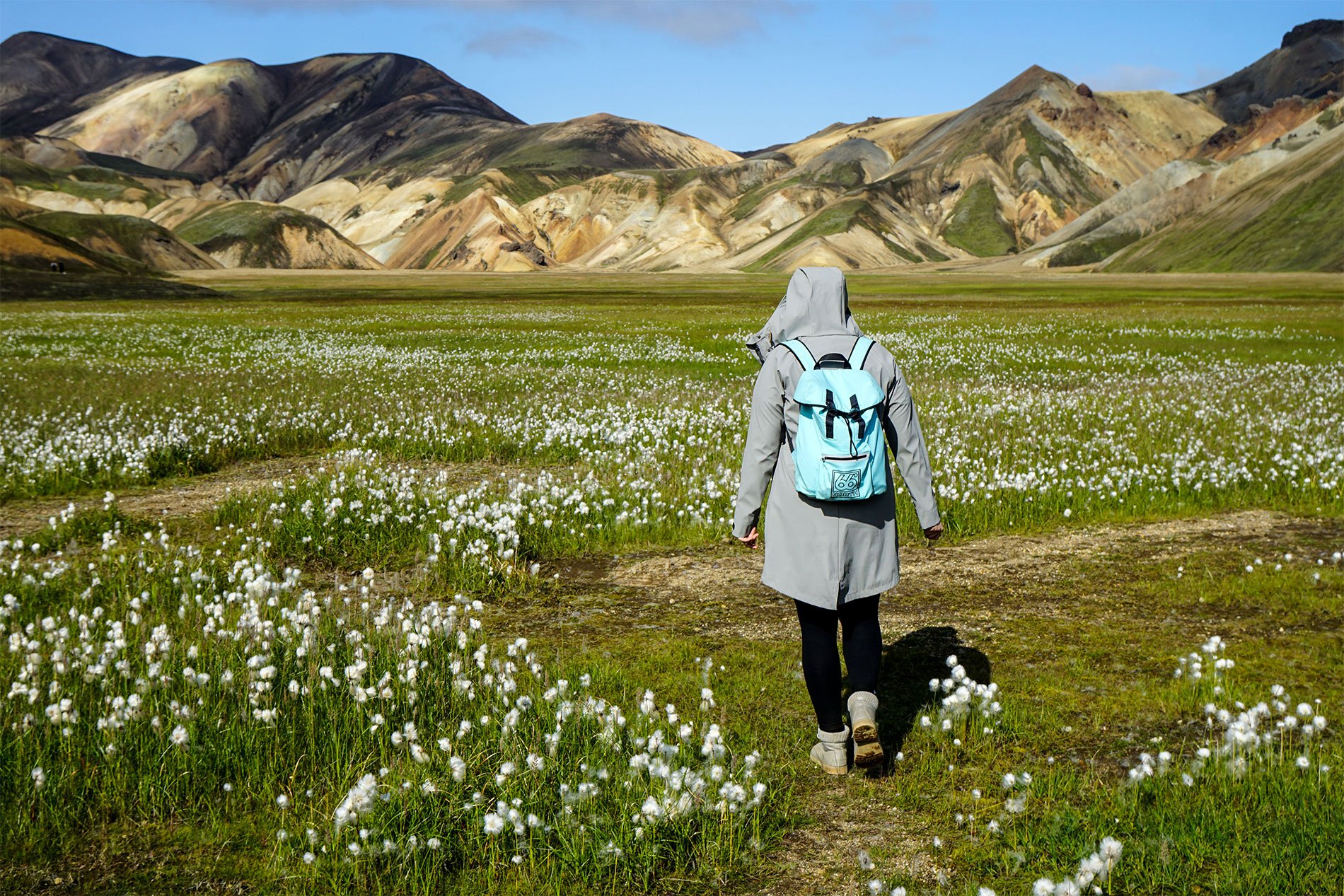
A HANDFUL OF USEFUL TIPS AT THE END
- The Icelandic language may seem complicated, but have no fear, the vast majority of Icelanders will understand you in English without any problems. We really only met a few Icelanders who could not (or would not) speak English.
- Iceland is not part of the EU, but it is part of Schengen, so EU citizens can stay in Iceland for up to 3 months. We don’t need a passport, visa, etc., all we need is an ID card.
- Roaming and Internet. If you come to Iceland as a tourist, it is not worth buying cards from local service providers. It is best to find out from our home service provider how much roaming calls (and internet) will cost us and choose the package that suits us best. Up to 4 months you can safely use it without additional charges. Iceland is treated by Polish operators like other EU countries.
- There are not gas stations everywhere, so it is better not to drive on reserve, but if you suddenly run out of fuel, it is worth approaching the nearest farm and they should help you there. Icelanders are a nice people and if someone needs help, they will do everything to help us.
- We also wrote that basically everywhere we will pay by card, and we need coins mainly at campgrounds to pay for hot water in the shower. If we didn’t have coins, we can always approach the camping cashier and ask to withdraw money from the card. What’s more, we will get exactly as much as we need. :)))
- If you come to Iceland in summer, and it is possible, always try to travel at night. This gives you the opportunity to explore the island and enjoy the magical landscapes without crowds of tourists.
- Travelling, we often encountered small stalls along the roads, with local specialties, all sorts of jams (mainly blueberries and rhubarb), sometimes farmers sold wool or sweaters, which are probably already known all over the world. :))) We also heard that you can buy meat and fish without any problems. We never looked for the latter, but we bought jams – delicious and at a decent price.
- If you get the chance, take advantage of the natural hot springs. After a day of sightseeing, there really is nothing better than a dip in the warm water. We haven’t seen all the springs in Iceland yet, although we’re very much not missing out. For now, we are collecting material on them and hope to do a guide to the coolest hot springs on the island soon.
- If we are at hot springs, we personally advise against Blue Lagoon, which everyone paradoxically recommends. Entrance fees are massively expensive (€80 per person for a basic package), and the mass of people doesn’t make it any more enjoyable to stay there. Much better is Secret Lagoon or Myvatn Bath.
- Respect Icelandic nature! The obvious, but looking at what’s going on, we’re not sure for sure. Every year there are more and more bans and fences in Iceland that weren’t there just a few years ago. Some places are already completely off-limits to tourists, and in some places we know they are already starting to build platforms. And it’s all because tourists can’t respect the delicate Icelandic nature, pitching tents wherever they can and without much thought, leaving masses of garbage, trampling mosses in national parks or driving off-road wherever they can.
- Off-road driving (off existing roads) is completely banned in Iceland and can carry huge fines if stopped.
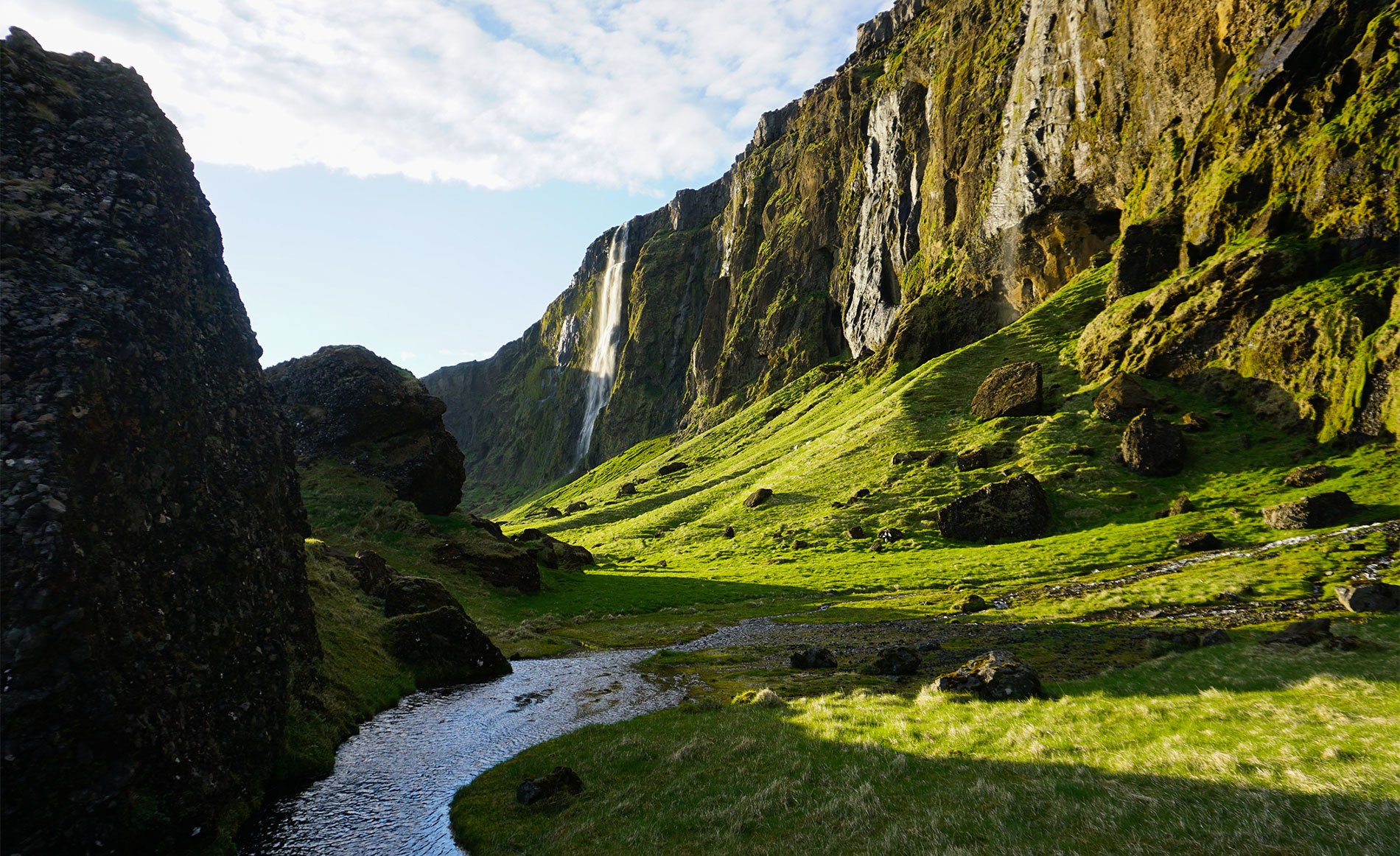

Hi Simon,
It is a really nice webpage you created, Full of senseful information.
Thanks a lot for your recommendations, was you told us we didn‘t use the tunnel and had a fantastic amazing trip along the coast.
Have a good time, maybe we‘ll see is again in Island 🇮🇸 and at your Home.
Best regards
Jo & Jan (the 2 guys having a beer with you)
Im glad that I could help 🙂 Have a great time in Iceland 🙂